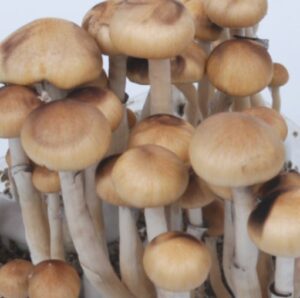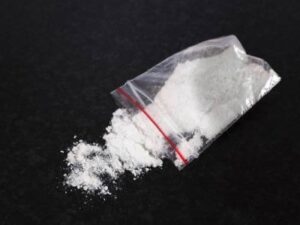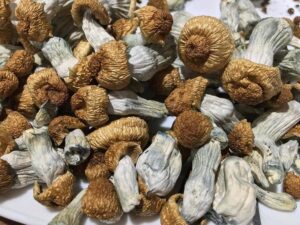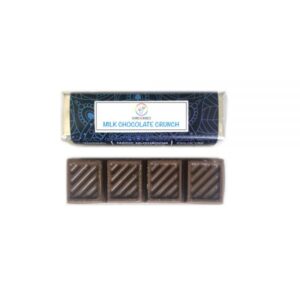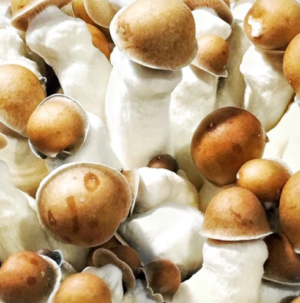Mushrooms are a versatile and delicious addition to many dishes, but their delicate nature means that proper storage is essential to maintain their quality and flavor. Understanding how long mushrooms can typically be stored in the refrigerator before they start to lose quality is vital for ensuring that they can be enjoyed at their best. This article explores the various factors that can impact the shelf life of mushrooms, as well as optimal storage practices, signs of spoilage to watch out for, and ways to extend their freshness. By following these guidelines, you can make the most of your mushrooms and minimize food waste.
Introduction to Mushroom Storage
If you’ve ever found yourself with an abundance of mushrooms and wondered how long you can keep them in the fridge before they start looking sad, fret not! We’re here to unravel the mysteries of mushroom storage so you can enjoy them at their best.
Understanding the Shelf Life of Mushrooms
Mushrooms, like many perishable foods, have a limited shelf life. Knowing how long you can store them before their quality deteriorates can help you plan your meals and reduce food waste.
Importance of Proper Mushroom Storage
Proper storage is key to maintaining the freshness and flavor of mushrooms. Failing to store them correctly can lead to premature spoilage, affecting both the taste and texture of these fungi wonders.
Factors Affecting Mushroom Shelf Life
The longevity of mushrooms in your fridge depends on various factors that can influence their quality over time. Let’s dive into what affects how long these fungi friends will stay fresh.
Types of Mushrooms and Varieties
Different types of mushrooms have varying shelf lives. Delicate varieties may not last as long as heartier ones, so knowing what you’ve got on hand can help you plan storage accordingly.
Ideal Storage Conditions
Mushrooms fare best in a cool, dry place. Understanding the optimal storage conditions can significantly extend the shelf life of these fungi and keep them tasting fresh.
Impact of Temperature and Humidity
Temperature and humidity levels play a significant role in how quickly mushrooms deteriorate. Maintaining the right environment in your fridge is crucial for preserving their quality.
Best Practices for Mushroom Storage
To make the most of your mushrooms and prevent them from turning into slimy, funky-smelling organisms, follow these practical tips for storing them like a pro.
Choosing the Right Packaging
Opt for breathable packaging to prevent moisture buildup, which can speed up spoilage. Avoid sealing mushrooms in airtight containers, as they need some airflow to stay fresh.
Proper Placement in the Refrigerator
Give your mushrooms a cozy spot in the fridge by storing them in the vegetable crisper drawer. Shield them from strong-smelling foods to avoid absorbing unwanted flavors.
How to Clean Mushrooms for Storage
Before stashing your mushrooms in the fridge, give them a gentle wipe with a damp cloth or brush off any dirt. Avoid soaking them as excess moisture can lead to quicker spoilage.
Signs of Spoilage in Mushrooms
https://en.wikipedia.org/wiki/Mushroom_diet#Health_benefitsSpotting the telltale signs that your mushrooms have passed their prime can save you from a disappointing culinary experience. Keep an eye out for these indicators of mushroom spoilage.
Visual Changes in Mushrooms
If your mushrooms start to look slimy, wrinkled, or discolored, it’s time to bid them adieu. Mold growth and sliminess are sure signs that they’re no longer fit for consumption.
Texture and Smell Changes
A mushy texture or unpleasant odor emanating from your mushrooms are red flags that they’ve gone bad. Trust your senses, and if something seems off, it’s best to toss them out.
Extending the Shelf Life of Mushrooms
Oh, mushrooms – the versatile fungi that can add a delightful umami flavor to any dish. But how long can you keep them in the fridge before they decide to retire? Well, typically, fresh mushrooms can last for about 5-7 days in the refrigerator. Just make sure to store them in a paper bag or a loose container to allow for airflow and prevent moisture build-up.
Preservation Methods for Mushrooms
If you want to extend the lifespan of your fungi friends, you can try preserving them. One option is to sauté or blanch the mushrooms before freezing them. Another method is to pickle them in vinegar or oil for a tangy twist. You can also dry mushrooms to preserve their flavor for longer periods. Just remember, like a good wine, mushrooms get better with age!
Reviving Mushrooms Past Their Prime
Oops, forgot about those mushrooms in the back of the fridge? Don’t worry, you can still revive them! Soak shriveled mushrooms in cold water for about 10-15 minutes to rehydrate them. They might not look as perky as before, but they’ll still pack a punch of flavor in your dishes. Mushrooms are like the resilient superheroes of the food world – they bounce back from almost anything!
Creative Ways to Use Mushrooms Before They Spoil
Before your mushrooms decide to bid adieu, why not get creative with them? Whip up a hearty mushroom risotto, stuff them with cheese and herbs for a decadent appetizer, or blend them into a creamy soup. Mushrooms are like the cool kids of the produce aisle – they’re up for any culinary adventure before they call it a day. So, go ahead, let your imagination run wild and savor every last bite of these fungi gems!In conclusion, by being mindful of the factors influencing mushroom shelf life and implementing proper storage techniques, you can enjoy fresh and flavorful mushrooms for longer periods. Knowing when mushrooms may be starting to lose quality and exploring creative ways to utilize them before spoilage sets in can help make the most of this versatile ingredient. With these insights, you can savor the taste and nutritional benefits of mushrooms while minimizing waste and maximizing their culinary potential.









